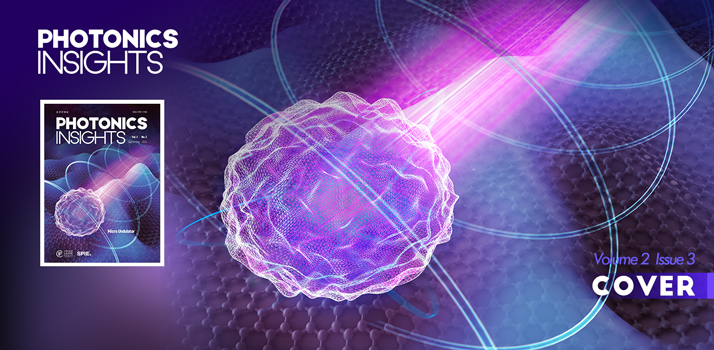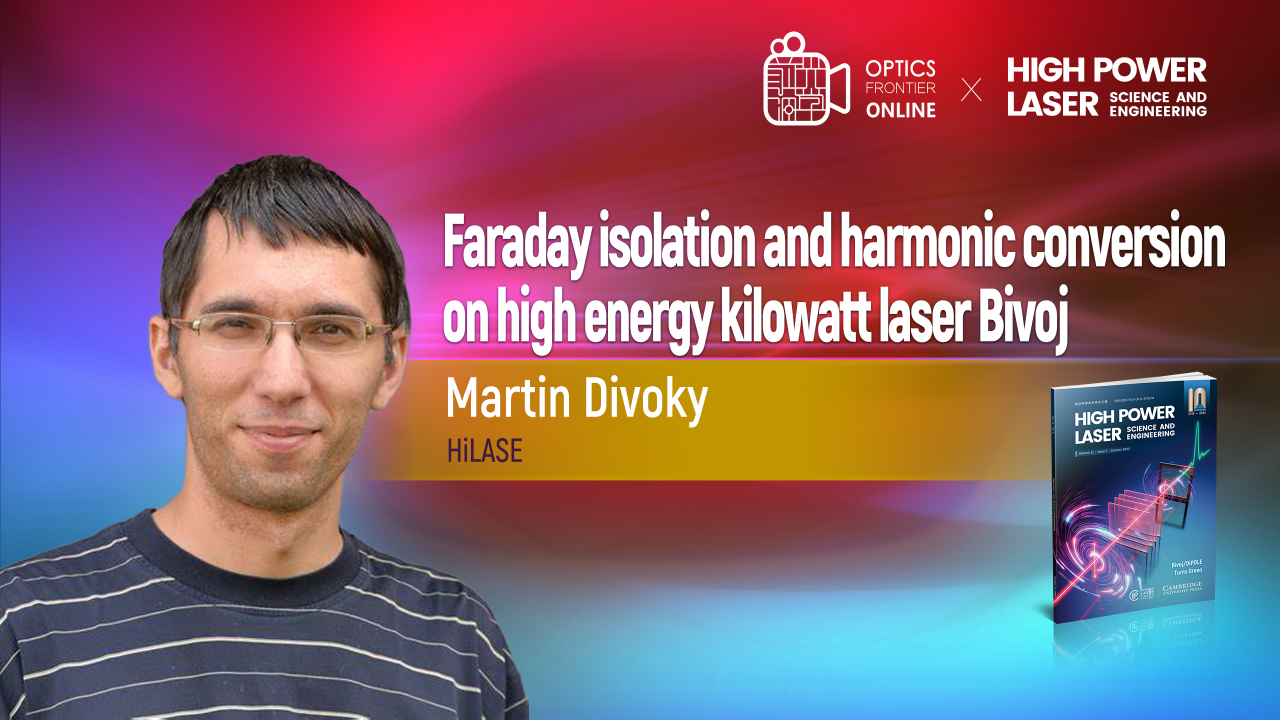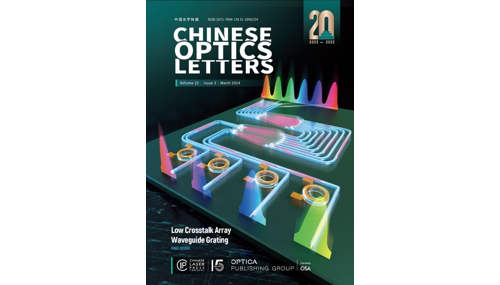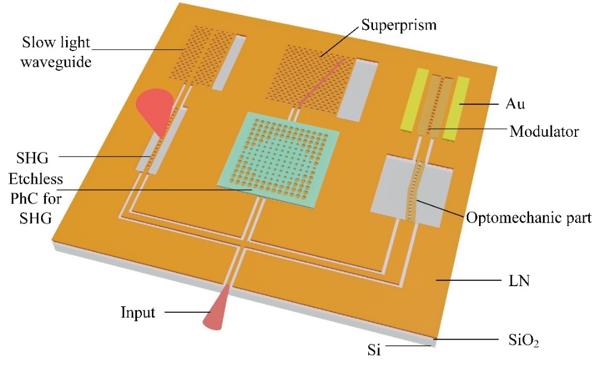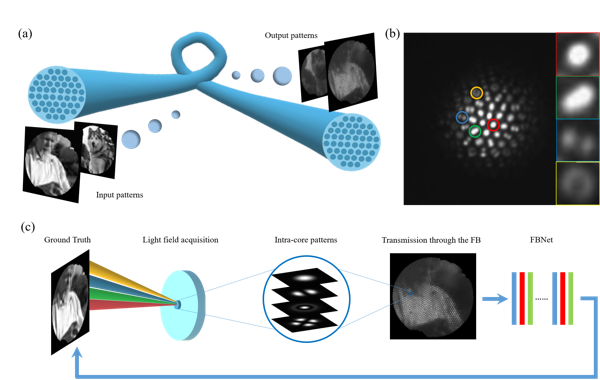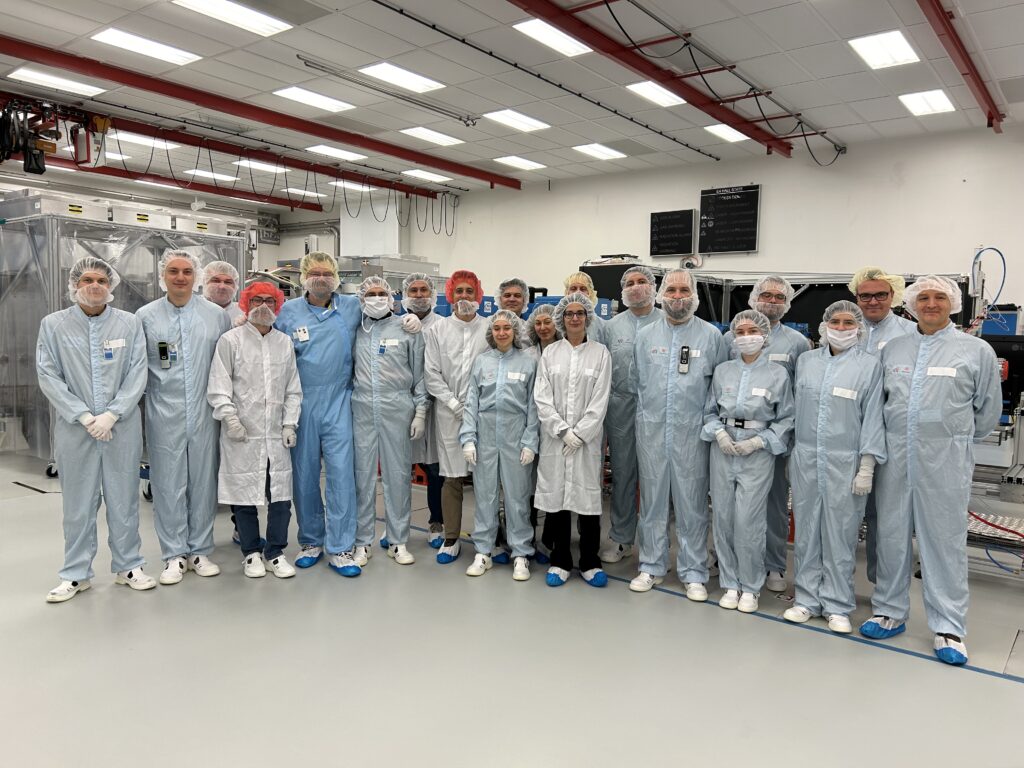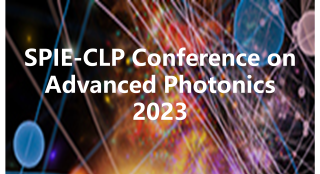- May. 10, 2024
- Vol. , Issue (2024)
- May. 09, 2024
- Vol. 22, Issue 3 (2024)
- Apr. 29, 2024
- Vol. 22, Issue 3 (2024)
- Apr. 29, 2024
- Vol. 1, Issue 1 (2024)
- Apr. 28, 2024
- Vol. , Issue (2024)
Lanthanide-based microlasers have attracted considerable attention owing to their large anti-Stokes shifts, multiple emission bands, and narrow linewidths
Lanthanide-based microlasers have attracted considerable attention owing to their large anti-Stokes shifts, multiple emission bands, and narrow linewidths. Various applications of microlasers, such as optical communication, optical storage, and polarization imaging, require selecting the appropriate laser polarization mode and remote control of the laser properties. Here, we propose a unique plasmon-assisted method for the mode selection and remote control of microlasing using a lanthanide-based microcavity coupled with surface plasmon polaritons (SPPs) that propagate on a silver microplate. With this method, the transverse electrical (TE) mode of microlasers can be easily separated from the transverse magnetic (TM) mode. Because the SPPs excited on the silver microplate only support TM mode propagation, the reserved TE mode is resonance-enhanced in the microcavity and amplified by the local electromagnetic field. Meanwhile, lasing-mode splitting can be observed under the near-field excitation of SPPs due to the coherent coupling between the microcavity and mirror microcavity modes. Benefiting from the long-distance propagation characteristics of tens of micrometers of SPPs on a silver microplate, remote excitation and control of upconversion microlasing can also be realized. These plasmon-assisted polarization mode-optional and remote-controllable upconversion microlasers have promising prospects in on-chip optoelectronic devices, encrypted optical information transmission, and high-precision sensors.show less
- May.10,2024
- Advanced Photonics,Vol. 6, Issue 3
- 035001 (2024)
Neurodegenerative diseases, such as Parkinson’s and Alzheimer’s diseases, affect the elderly worldwide and will become more prevalent as the global popula
Neurodegenerative diseases, such as Parkinson’s and Alzheimer’s diseases, affect the elderly worldwide and will become more prevalent as the global population ages. Neuroinflammation is a common characteristic of neurodegenerative diseases. By regulating the phenotypes of microglia, it is possible to suppress neuroinflammation and, in turn, help prevent neurodegenerative diseases. We report a noninvasive photonic approach to regulating microglia from overexcited M1/M2 to the resting M0 phenotype using a special near-infrared (NIR) light emitted by the SrGa12O19 : Cr3 + phosphor. The absorbance and internal and external quantum efficiencies of the optimal Sr ( Ga0.99Cr0.01)12O19 phosphor synthesized at 1400°C for 8 h using 1 % H3BO3 + 1 % AlF3 as flux are 53.9 % , 99.2 % , and 53.5 % ; the output power and energy-conversion efficiency of the LED device packaged using the optimal SrGa12O19 : Cr3 + phosphor driven at 20 mA reach unprecedentedly 19.69 mW and 37.58 % , respectively. The broadband emission of the NIR LED device covers the absorption peaks of cytochrome c oxidase well, and the NIR light can efficiently promote the proliferation of microglia, produce adenosine triphosphate (ATP), reverse overexcitation, alleviate and inhibit inflammation, and improve cell survival rate and activity, showing great prospects for photomedicine application.show less
- May.10,2024
- Advanced Photonics Nexus,Vol. 3, Issue 3
- 036008 (2024)
A method of preparing panda-shaped photonic crystal fibers (PCFs) based on secondary drawing technology is proposed in this paper. The secondary drawing c
A method of preparing panda-shaped photonic crystal fibers (PCFs) based on secondary drawing technology is proposed in this paper. The secondary drawing can not only reduce fiber diameter but also reduce core size by adding a glass sleeve. Silver-filled and non-silver-filled panda PCFs are prepared. The two ends of silver-filled panda PCF are connected with a broadband light source and a spectrometer, respectively, and the surface plasmon resonance phenomenon is detected. The secondary drawing technology provides a meaningful reference for the preparation of PCF in the future, and the prepared silver-filled panda PCF can be prepared into an optical fiber filter.show less
- May.10,2024
- Chinese Optics Letters,Vol. 22, Issue 5
- 050603 (2024)
Self-injection locking has emerged as a crucial technique for coherent optical sources, spanning from narrow linewidth lasers to the generation of localiz
Self-injection locking has emerged as a crucial technique for coherent optical sources, spanning from narrow linewidth lasers to the generation of localized microcombs. This technique involves key components, namely a laser diode and a high-quality cavity that induces narrow-band reflection back into the laser diode. However, in prior studies, the reflection mainly relied on the random intracavity Rayleigh backscattering, rendering it unpredictable and unsuitable for large-scale production and wide-band operation. In this work, we present a simple approach to achieve reliable intracavity reflection for self-injection locking to address this challenge by introducing a Sagnac loop into the cavity. This method guarantees robust reflection for every resonance within a wide operational band without compromising the quality factor or adding complexity to the fabrication process. As a proof of concept, we showcase the robust generation of narrow linewidth lasers and localized microcombs locked to different resonances within a normal-dispersion microcavity. Furthermore, the existence and generation of localized patterns in a normal-dispersion cavity with broadband forward–backward field coupling is first proved, as far as we know, both in simulation and in experiment. Our research offers a transformative approach to self-injection locking and holds great potential for large-scale production.show less
- May.10,2024
- Photonics Research,Vol. 12, Issue 5
- A41 (2024)
Optical modulation is significant and ubiquitous to telecommunication technologies, smart windows, and military devices. However, due to the limited tunability of traditional doping, it is a tou
Optical modulation is significant and ubiquitous to telecommunication technologies, smart windows, and military devices. However, due to the limited tunability of traditional doping, it is a tough problem to achieve broadband optical property change. Here, we demonstrate a remarkable transformation of optical transmittance in few-layer graphene (FLG) covering the electromagnetic spectrum from the visible to the terahertz wave after lithium (Li) intercalation. It results in that the transmittance is higher than 90% from the wavelength of 480 to 1040 nm and increases most from 86.4% to 94.1% at 600 nm, reduces from ~80% to ~68% in the wavelength range from 2.5 to 11 μm, and has ~20% reduction over a wavelength range from 0.4 THz to 1.2 THz and reduces from 97.2% to 68.2% at the wavelength of 1.2 THz. The optical modification of lithiated FLG is attributed to the increase of Fermi energy (Ef) due to the charge transfer from Li to graphene layers. Our results may provide a new strategy for the design of broadband optical modulation devices.show less
- May.10,2024
- Chinese Optics Letters,Vol. 22, Issue 9
- (2024)
Terahertz (THz) scattering-type scanning near-field optical microscopy (THz s-SNOM) is an important means of studying and revealing material properties at the nanoscale. Nanotip is one of the co
Terahertz (THz) scattering-type scanning near-field optical microscopy (THz s-SNOM) is an important means of studying and revealing material properties at the nanoscale. Nanotip is one of the core components of THz s-SNOM, which has a decisive impact on the resolution of the system. This paper focuses on the theory and design of nanotip, and conducts comprehensive research on it through simulation. The theoretical model is based on full wave numerical simulation and dipole moment analysis which can describe the overall nanotip electromagnetic response under the incident field. A comprehensive design model of nanotips’ geometry, sample materials, and incident field is established to significantly improve the near-field couple efficiency and spatial resolution to achieve optimal performance.show less
- May.10,2024
- Chinese Optics Letters,Vol. 22, Issue 9
- (2024)
Facing escalating demands for high-speed, large-bandwidth, and low-latency wireless data links, laser communication technology has emerged as a promising technology. While free space optical com
Facing escalating demands for high-speed, large-bandwidth, and low-latency wireless data links, laser communication technology has emerged as a promising technology. While free space optical communication conventionally utilizes near-infrared light sources, there has been growing interest in exploring new spectral resources, including visible lasers. Recently, laser-based white light has been demonstrated in visible light communication, with a unique capability to seamlessly integrate with illumination and display systems. This review summarizes the key devices and system technologies in semiconductor-laser-based white light for VLC-related applications. The recent advances and many emerging applications in the evolution of lighting, display, and communication are discussed.show less
- May.10,2024
- Chinese Optics Letters,Vol. 22, Issue 9
- (2024)
Silicon photonics (SiPh) has been established as the ubiquitous platform in the myriad of integrated photonics applications, from mainstream applications such as optical communications or microw
Silicon photonics (SiPh) has been established as the ubiquitous platform in the myriad of integrated photonics applications, from mainstream applications such as optical communications or microwave signal processing to emergent artificial intelligence and quantum processing. Most SiPh applications require optical phase shifters to vary the phase of the light with minimal optical loss. To date, SiPh phase shifters have been implemented mainly by leveraging the thermo-optic coefficient of silicon. The main benefits of thermo-optic phase shifters (TOPS) are the excellent fabrication compatibility with complementary metal-oxide-semiconductor (CMOS) technology and the possibility of achieving negligible optical loss. Therefore, TOPS are well-suited to provide scalability. However, the underlying heating mechanism makes TOPS power-hungry and slow for most applications. Here, we comprehensively review the main configurations and optimization strategies proposed to obtain energy-efficient and fast TOPS. Additionally, we compare TOPS with other electro-optic mechanisms and technologies that hold promise to provide a new generation of phase shifters in the SiPh platform.show less
- May.10,2024
- Advanced Photonics Nexus

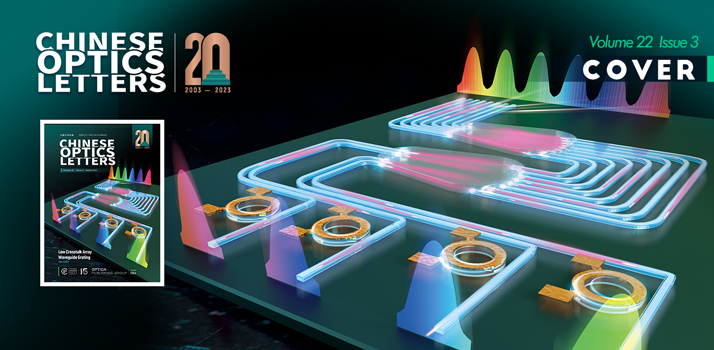
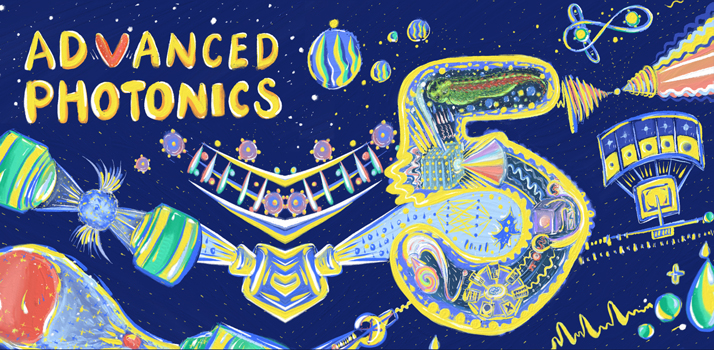
![On the Cover: Terahertz polarization sensing, chirality enhancement, and specific binding based on metasurface sensors for biochemical detection: a review [Invited]](/Post/images/2024/1/img_News_133491772873656281.jpg)

